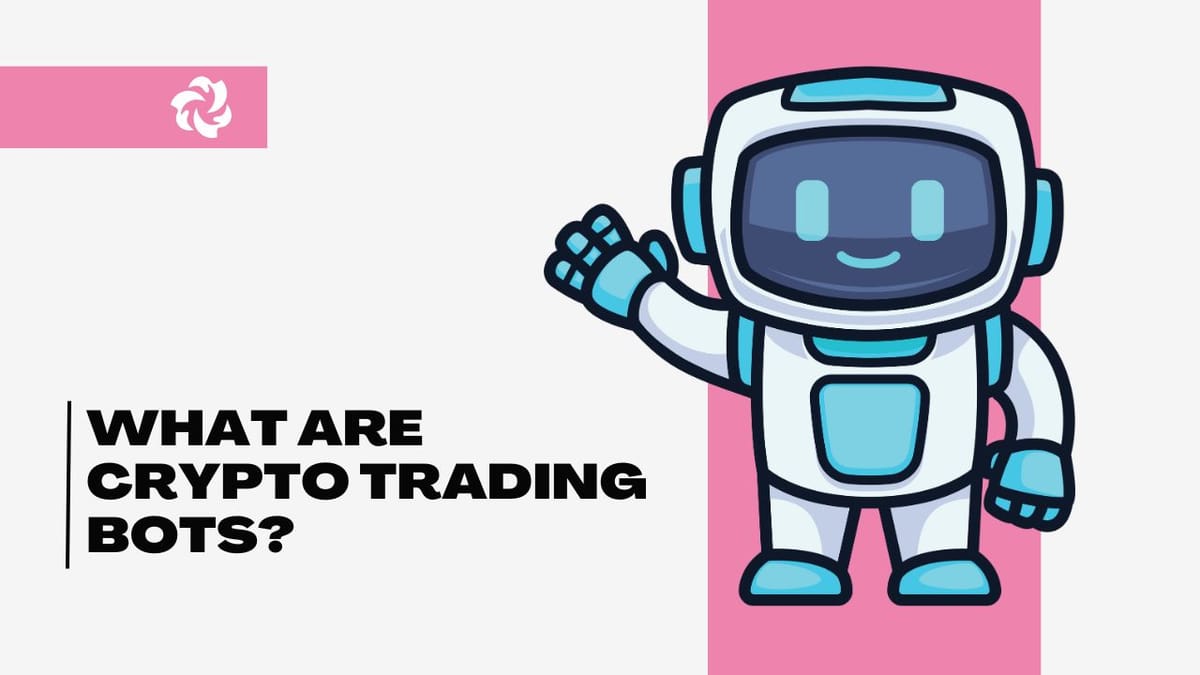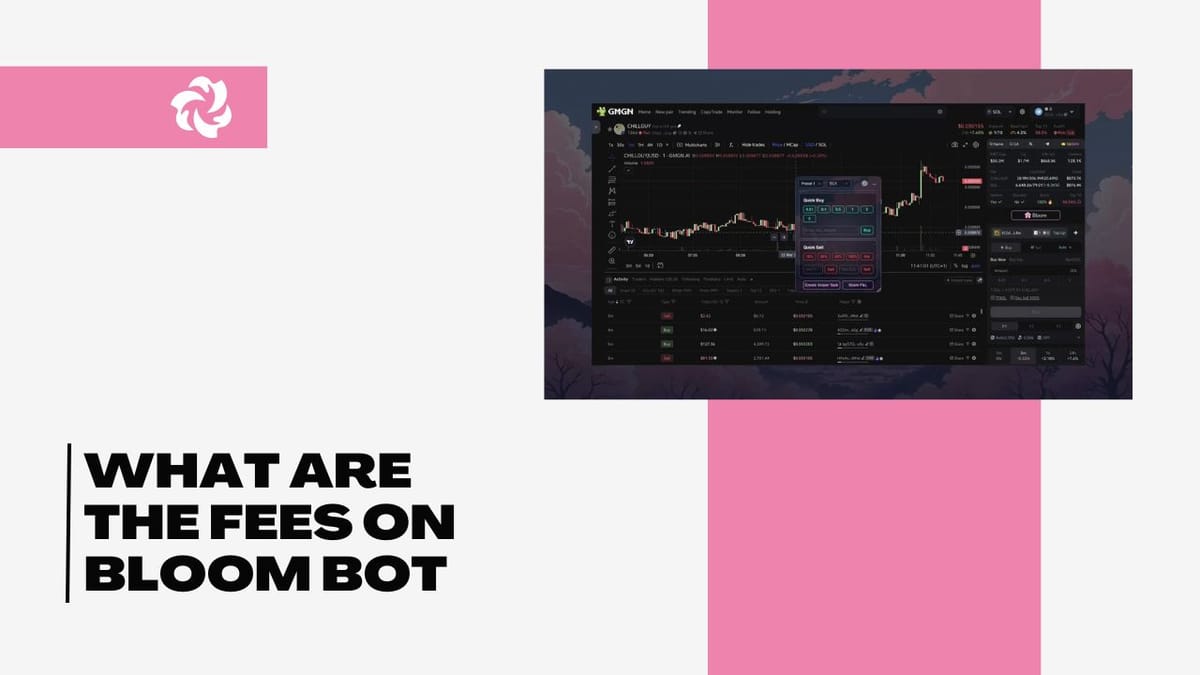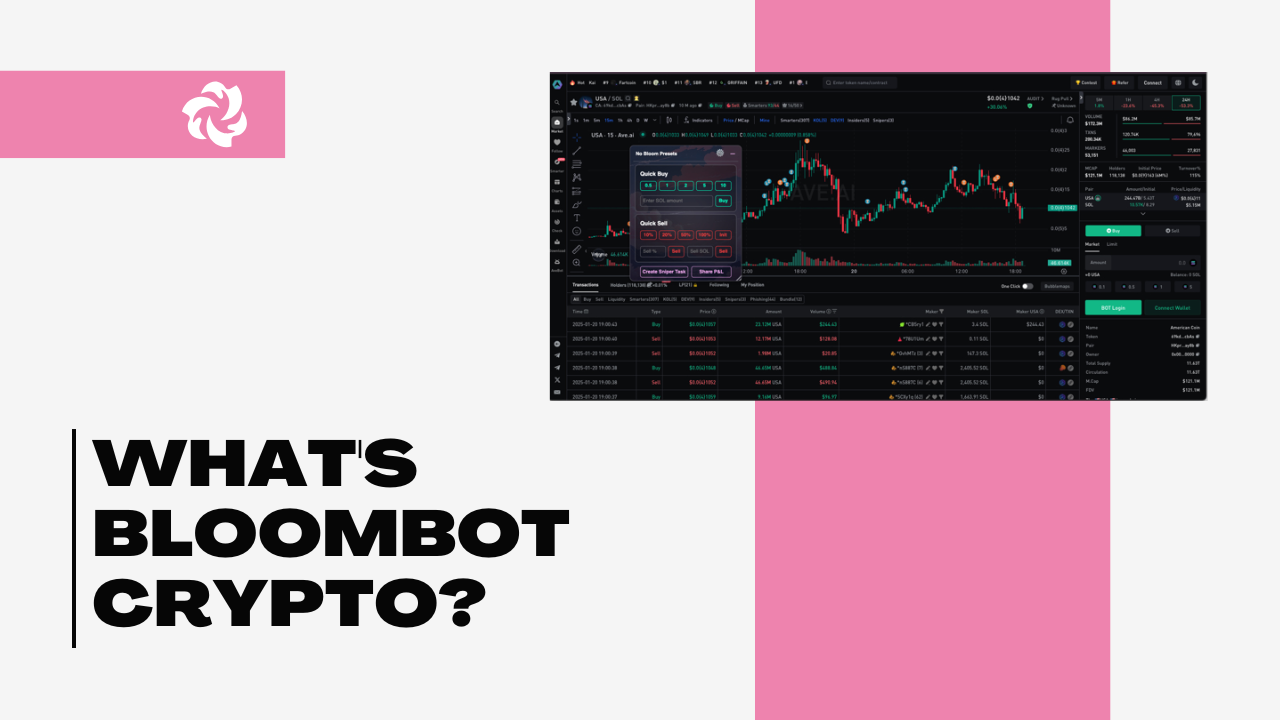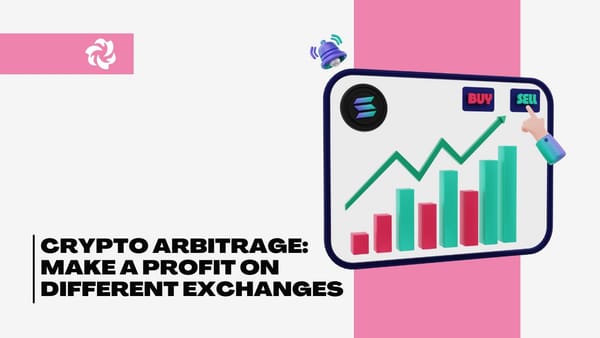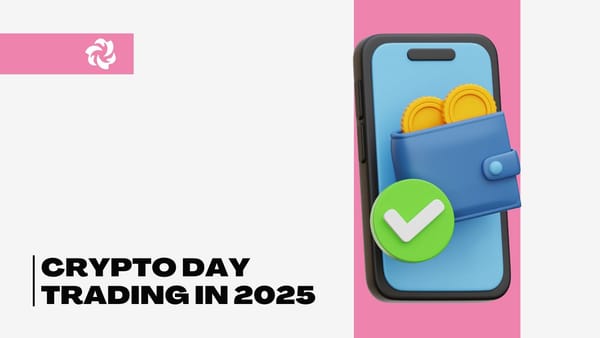What Is a Crypto IPO?
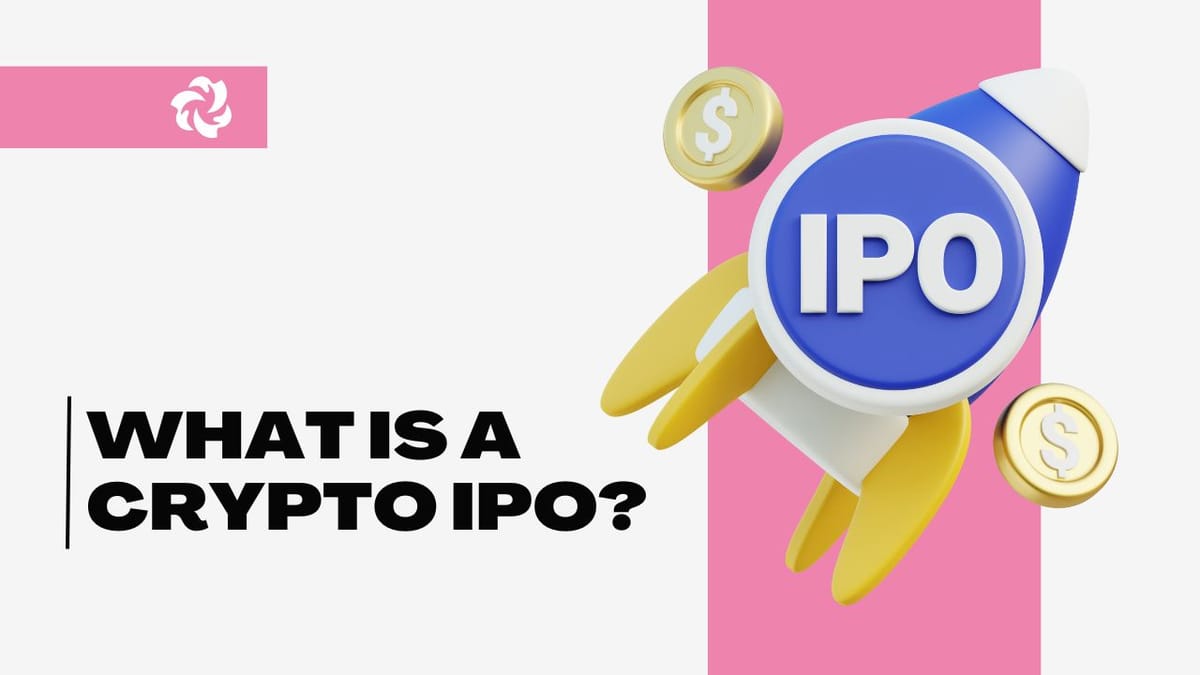
Thinking about getting into the crypto world, maybe even snagging some new digital coins before everyone else?
You might have heard the term 'crypto IPO' thrown around.
It sounds a lot like the stock market, right?
Well, it kind of is, but with its own unique twists.
Let's break down what a crypto IPO actually means for you and how it all works.
Key Takeaways
- A crypto IPO is essentially a way for new crypto projects to raise money by selling their tokens to the public for the first time, similar to how companies sell stock.
- Unlike traditional IPOs, crypto IPOs often happen much faster and involve digital tokens instead of company shares, with the Token Generation Event (TGE) being a key part of the process.
- Getting involved means looking for promising projects, doing your homework to understand the risks, and then figuring out how to buy those early tokens.
- While crypto IPOs can offer a chance for big gains, they also come with serious risks and a lot of price swings.
- There are other ways crypto projects raise funds, like ICOs, STOs, and through DeFi platforms, each with its own set of rules and potential outcomes.
Understanding The Crypto IPO Landscape
The world of cryptocurrency is always changing, and you might be hearing a lot about "crypto IPOs" lately.
Think of it as a new way for companies that are building in the digital asset space to raise money and let the public buy into their vision.
It's a bit like how traditional companies go public, but with a crypto twist.
This whole process is becoming a real thing, giving more people a chance to invest directly in the crypto industry.
It’s a big shift that opens up more investment opportunities for everyone interested in digital assets.
You can even use tools like Bloom Bot to help you manage your trades and stay on top of the market, especially if you're looking at new token launches.
Bloom Bot is designed to make trading simpler and faster, whether you're sniping early tokens or just automating your buys and sells.
It's a way to potentially get in on the ground floor of new projects.

What is a Crypto IPO?
A crypto IPO, or Initial Public Offering, in the digital asset world is essentially a way for a blockchain or crypto-related company to sell its shares or tokens to the public for the first time.
This allows the company to raise capital while giving investors a chance to own a piece of the company or its associated digital assets.
It's a significant step for these companies, moving them towards a more public and regulated financial structure.
Distinguishing Crypto IPOs from Traditional IPOs
While the goal is similar – raising funds and going public – crypto IPOs differ from traditional ones.
Traditional IPOs involve selling shares of a company on a stock exchange.
Crypto IPOs, on the other hand, might involve selling company shares, but often they focus on selling the company's native tokens.
These tokens can represent ownership, utility within the platform, or a share of future profits.
The regulatory landscape is also quite different and still evolving for crypto.
The Role of Token Generation Events
Many crypto projects use a Token Generation Event (TGE) as their version of an IPO.
This is when the project's native token is created and distributed.
Sometimes, these tokens are sold to investors before or during the TGE, acting much like an IPO.
It's a key moment for any crypto project, marking the official launch of its token into the market.
For those looking to get involved early, understanding TGEs is important.
Tools like Bloom Bot can help you monitor these events and even participate in early token sales if you're quick enough.
The crypto IPO landscape is still developing, offering new avenues for investment and company growth within the digital asset sector. It's a space to watch as it matures and integrates further with traditional finance.
Navigating the Crypto IPO Process
So, you're thinking about getting involved in a crypto IPO.
It's a bit different from the traditional way companies go public, like the process described in an Initial Public Offering (IPO) document.
For crypto, it's more about the project's development and how they plan to use their tokens. Let's break down what you need to consider.
Initial Project Development and Tokenomics
Before any token sale happens, the project team has been busy.
They've likely spent a lot of time on the actual technology and, importantly, the tokenomics.
This is basically the economic model for their new cryptocurrency.
Think about what the token is for, how it will be used within the project's ecosystem, and how many tokens will exist.
A well-thought-out white paper is usually key here, explaining all these details, much like how startups draft them for their projects details.
It's all about understanding the long-term plan and value.

Legal and Regulatory Considerations
This is a big one.
The rules around crypto fundraising are still changing, and they can be pretty complex.
Depending on where you are and where the project is based, there could be different regulations to follow.
It’s important for projects to get this right from the start, often involving legal experts to make sure they're compliant.
This is similar to how traditional companies have to file registration documents with bodies like the SEC when they go public filing.
Marketing and Community Building
Getting the word out is just as important as the tech itself.
Projects need to build a community around their idea.
This often involves social media, developer forums, and engaging with potential users.
For instance, tools like Bloom Bot are designed to make trading simpler and more efficient, especially on the Solana blockchain, and they often build their community through platforms like Telegram trading bot.
A strong community can mean more interest and support for the token sale.
It’s about creating buzz and getting people excited about what the project aims to achieve.
Key Features of Crypto IPOs
When you're looking into crypto IPOs, you'll notice a few things that make them stand out.
It's not quite like buying stock in a company you know, but there are some definite perks and, of course, risks involved.
Let's break down what you can expect.
Early Access to New Digital Assets
One of the main draws of a crypto IPO is getting in on the ground floor.
You get a chance to acquire new digital assets before they hit the wider market.
Think of it like being one of the first people to buy a new gadget right when it comes out.
This early access can be pretty exciting, especially if you believe in the project's long-term vision.
Tools like Bloom Bot can help you manage these early trades efficiently, especially on fast networks like Solana, allowing for quick buys and sells when opportunities arise Bloom Bot - Trading Bot.
Potential for High Returns
Because you're getting in so early, there's the potential for significant returns if the project takes off.
Early investors in successful crypto projects have seen massive gains.
However, it's important to remember that this potential for high returns comes hand-in-hand with high risk.
The crypto market is known for its ups and downs, and new projects are even more unpredictable.
It's a bit like a gamble, but with more research involved.
Risks and Volatility Associated with Crypto IPOs
This is where you really need to pay attention.
Crypto IPOs are inherently volatile.
The value of the tokens can swing wildly in short periods. Factors like market sentiment, regulatory changes, and the actual development progress of the project all play a huge role.
You could see your investment grow rapidly, or it could drop just as quickly.
It's not uncommon for projects to fail or not live up to their initial hype.
Always remember that you could lose your entire investment.
It's wise to only invest what you can afford to lose. For those looking to manage trades in such volatile markets, using a bot that offers features like limit orders and anti-MEV protection, such as Bloom Bot, can be beneficial Bloom Bot - Trading Bot.
Participating in a Crypto IPO
So, you're thinking about getting in on a crypto IPO?
It's a bit like trying to get tickets to a super popular concert before anyone else.
You want to be there early to snag a good spot, right?
Well, when it comes to crypto, that early access often means buying tokens directly from the project before they hit the open market.
It's a way to get in on the ground floor of what could be the next big thing.
Identifying Promising Crypto IPOs
Figuring out which crypto projects are worth your time and money is the first big step.
You'll want to look for projects that have a clear plan, a solid team behind them, and a token that actually serves a purpose within their ecosystem.
Think about what problem the crypto is trying to solve.
Is it a real problem?
Does the token help solve it?
It's not just about hype; it's about utility and long-term vision.
You can often find information about upcoming projects on crypto news sites, forums, or through specialized platforms that track new token launches.
Bloom Bot, for instance, can help you scan for new tokens on the Solana blockchain, looking for specific criteria that might indicate potential, like early buys or strong holder growth.
Due Diligence and Risk Assessment
This is where you roll up your sleeves and do your homework.
Don't just take a project's word for it.
You need to dig into their whitepaper, understand their tokenomics (how the token works, its supply, distribution, etc.), and research the team's background.
- Are they experienced?
- Do they have a track record?
Look for red flags like unclear roadmaps, overly aggressive marketing, or a lack of transparency.
It's also smart to assess the market for the token.
Is there demand for what they're building?
Consider the risks involved, which can be pretty high in the crypto space.
Things can change fast, and projects can fail.
It's a good idea to start with smaller amounts you're comfortable losing, especially when you're just getting started.
Understanding the subscription period and key dates, much like in traditional IPOs, is also part of this due diligence process.
Acquiring Tokens During an Offering
Once you've decided to participate, the actual acquisition process usually involves a few steps.
You'll typically need to have a compatible crypto wallet set up, often on a specific blockchain like Solana if that's where the project is launching.
You might need to deposit the required cryptocurrency (like SOL) into your wallet to make the purchase.
For example, Bloom Bot can help you manage your Solana wallet and execute trades quickly once you're ready.
The process might involve connecting your wallet to a specific platform or smart contract provided by the project during the offering period.
Always double-check the contract address and the terms of the sale to make sure you're interacting with the legitimate project and not a scam.
It's a bit like making sure you're buying a ticket from the official vendor and not a scalper.
The Impact of Crypto IPOs on the Market
When companies in the crypto space decide to go public through an IPO, it really shakes things up.
It’s not just about one company getting listed; it affects the whole market.
Think about it – it brings more attention, more money, and frankly, more scrutiny to the digital asset world.
This increased visibility can drive innovation and adoption of new technologies.
For instance, when a big crypto exchange like Bullish aims for a valuation of around $5 billion in its IPO, it signals confidence and maturity in the sector.
This kind of event can make people who were on the fence about crypto start paying attention.

Driving Innovation and Adoption
Crypto IPOs can really push the boundaries.
When a company goes public, it often has more resources to invest in research and development.
This means we might see faster development of new blockchain technologies, better security measures, and more user-friendly applications.
It’s like a shot in the arm for the entire industry.
Plus, when established companies enter the public market, it can encourage more traditional businesses to explore blockchain solutions, leading to wider adoption across different sectors.
You can even use tools like Bloom Bot to help manage your trades more efficiently as the market evolves.
Market Liquidity and Price Discovery
Going public also changes how crypto assets are traded.
Traditional IPOs bring a lot of new investors into the market, which can increase liquidity.
This means it’s easier to buy and sell assets without drastically affecting their prices.
For crypto, this can lead to better price discovery.
Instead of prices being set solely by a few large players or opaque over-the-counter markets, a public listing allows for a broader range of participants to influence pricing.
This can make the market feel more stable and predictable, even though crypto is still known for its ups and downs.
Companies like Circle have seen significant returns after their IPOs, showing the potential for strong market performance.
Regulatory Scrutiny and Evolution
Let’s be real, going public means a whole new level of regulation.
Companies that have IPOs have to follow strict rules set by financial authorities.
This increased oversight can actually be a good thing for the crypto market in the long run.
It can help build trust and legitimacy, making it more appealing to institutional investors and the general public.
However, it also means that crypto companies need to be extra careful about how they operate and comply with all the legal requirements.
This push for compliance is shaping how the crypto industry matures and integrates with traditional finance.
We're seeing exchanges like Kraken reportedly planning their own IPOs, which will likely bring even more regulatory attention.
The move towards public markets for crypto companies is a significant step. It bridges the gap between decentralized innovation and traditional financial structures, bringing both opportunities and challenges.
This integration is likely to continue shaping the future of digital assets and their place in the global economy.
Alternative Fundraising Methods in Crypto
Beyond the traditional IPO structure, the crypto world has developed its own unique ways to raise capital.
These methods often cater to the fast-paced, decentralized nature of digital assets.
Understanding these alternatives can give you a broader picture of how projects get funded.

Initial Coin Offerings (ICOs)
ICOs were one of the earliest and most popular ways for crypto projects to raise funds.
Think of them as a crowdfunding campaign where investors buy newly created digital tokens.
The idea was that these tokens would either power the project's ecosystem or increase in value as the project succeeded.
While many ICOs were legitimate, the space also saw a lot of scams and poorly executed projects, leading to increased regulatory scrutiny.
It’s a bit like the wild west days of early internet startups; some hit it big, others vanished. You can read more about the impact of blockchain technology on fundraising in this article about futuristic investment trends.
Security Token Offerings (STOs)
STOs are a more regulated approach, often seen as a bridge between traditional finance and crypto.
These offerings involve tokens that represent ownership in an underlying asset, like real estate, company equity, or even revenue shares.
Because they are structured as securities, STOs are subject to stricter regulations, which can offer more protection to investors but also involve more complex legal hurdles for issuers.
This means they tend to be less volatile than some other crypto fundraising methods.
Decentralized Finance (DeFi) Yield Farming
This is a bit different from a direct fundraising event.
Yield farming in DeFi involves users lending or staking their crypto assets to earn rewards, often in the form of new tokens or transaction fees.
Projects might incentivize liquidity provision through yield farming, effectively raising capital by attracting users to lock up their assets.
It’s a dynamic process where your assets work for you, but it comes with its own set of risks, including smart contract vulnerabilities and impermanent loss.
For those looking to automate their trading and potentially profit from market movements, tools like Bloom Bot can be helpful.
Bloom Bot, for instance, offers features like "Degen Mode" for sniping new token launches, which is a high-risk, high-reward strategy that requires careful management of parameters like market cap and holder counts to maximize early entry opportunities.
You can learn more about using Bloom Bot for trading here.
Looking for new ways to fund your crypto projects?
Beyond the usual methods, there are some really cool alternatives out there.
These can help you get the money you need without all the typical hassle. Want to learn more about these creative funding options and how they can help your project grow? Visit our website today to discover the possibilities!
Conclusion
So, you've learned about what a crypto IPO is and how it works.
It's a pretty interesting way for new crypto projects to get their tokens out there and raise funds.
You can think of it like a traditional IPO, but for digital assets.
Remember, just like any investment, it's important to do your homework before jumping in.
Understanding the project, the team behind it, and the risks involved is key.
Keep learning and stay safe out there!
Frequently Asked Questions
What exactly is a crypto IPO?
Think of a crypto IPO like a regular company's IPO, but instead of selling shares of stock, you're buying into a new digital currency or project right when it's getting started. It's a way for these new crypto projects to raise money from the public.
How is a crypto IPO different from a regular company IPO?
Unlike traditional IPOs where you buy company stock on a stock market, crypto IPOs usually involve buying newly created digital tokens. These tokens often represent a piece of the project or give you access to its services. Plus, the crypto world moves super fast, so these offerings can happen way quicker!
How can you find good crypto IPOs to invest in?
You'll want to do your homework! Look for projects that have a clear plan, a strong team, and a real use for their token. Check out their website, read their whitepaper (which explains the project in detail), and see what the community is saying. Don't just jump in because the price is going up!
Are crypto IPOs safe?
It's definitely risky! Crypto prices can swing wildly, and new projects can fail. You might make a lot of money, but you could also lose everything you put in. It's super important to only invest what you can afford to lose and to spread your money around.
Are there other ways crypto projects raise money besides IPOs?
Sometimes, instead of a formal IPO, crypto projects might do something called a Token Generation Event (TGE) or an Initial Coin Offering (ICO). These are similar ways to sell tokens early on, but they can have different rules and risks.
Can tools like trading bots help with crypto investments?
Yes, absolutely! You can use trading bots like Bloom Bot to help you manage your crypto trades. They can automate buying and selling, help you find early opportunities, and even copy successful traders. It's like having a helpful assistant for your crypto investments, making things easier especially if you're new.
More Bloom Bot Guides:

